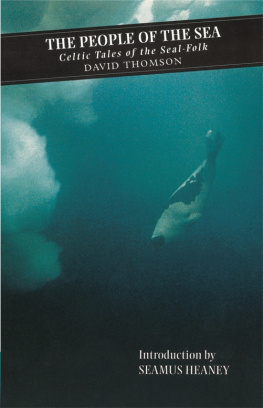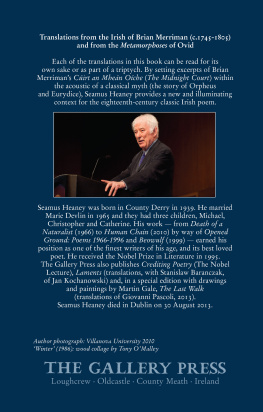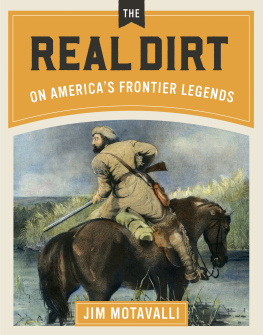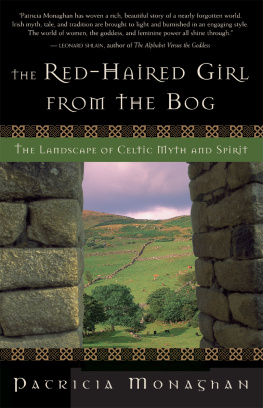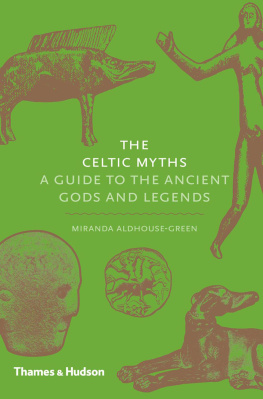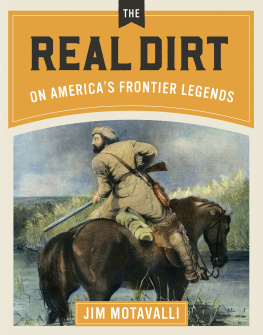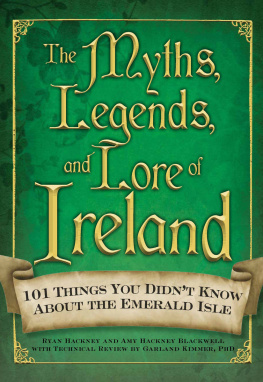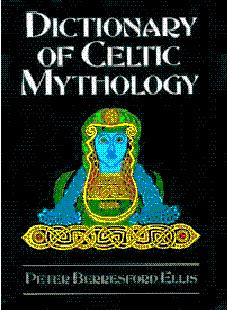It canna be true, says Osie, the Orkney crofter who appears in chapter 7 of this memorable book, but there was supposed to be a creature in the water for every one on land. And a moment later, insisting again, This canna be true, he tells the author a story about a stranger cow that came up from the sea and installed herself in a byre on the land. And she had grand calves. But I forget, now, was it a seal or another cow came years after to the door o the byre and the cow went away to the sea again. And then comes the clinching cadence: An old woman told me yon, said Osie. Well, there was supposed to be cows and sheep and every animal there. But the seals were the people o the sea.
In the presence of such alluring inventions and such substantial voice, analysis and appreciation feel superfluous. Talk of the willing suspension of disbelief, of the salubrious effect of imaginative narrative, characterizations of the mental habits of pre-industrial societies, conjectures about how the sociological facts got displaced in earlier days into the parallel universe of the mythological all such commentary seems to lead in the wrong direction. David Thomsons book is luminously its own thing; it had its origins in one mans rambles round the highlands and islands of Scotland and the west coast of Ireland, in search of stories and folklore surrounding the selchie or grey Atlantic seal. It was written at a great moment in the history of radio, during the 1940s and 1950s, when the BBC employed poets and writers to record and collect oral material and most important gave them permission to re-create it in a new artistic form. Consequently it survives not as a period piece but as a poetic achievement, one of those whose works written by a man speaking to men: a man, it is true, endued with more lively sensibility, more enthusiasm and tenderness, who has a greater knowledge of human nature, and a more comprehensive soul, than are supposed to be common among mankind
William Wordsworths definition of a poet, which I have just quoted, seems an appropriate characterization of the man who wrote The People of the Sea. Indeed, what kept coming to mind as I re-read the book was Wordsworths poem The Solitary Reaper. One of the most haunting lyrics in the English language, this too was written after a tour in Scotland and is about the experience of listening to one of the local people express herself unforgettably in her native Gaelic. The sight of women working in the harvest fields must have been a common one at the time, but interestingly enough, the poet found his immediate inspiration in the manuscript of a book by his friend Thomas Wilkinson: Passed by a Female who was reaping alone, she sung in Erse as she bended over her sickle, the sweetest human voice I ever heard. Her strains were tenderly melancholy, and felt delicious long after they were heard no more. Wordsworths final stanza uses some of Wilkinsons exact words, but what was notation in the prose becomes incantation in the poem:
Whateer the theme, the Maiden sang
As if her song could have no ending;
I saw her singing at her work,
And oer the sickle bending;
I listened, motionless and still;
And, as I mounted up the hill,
The music in my heart I bore,
Long after it was heard no more.
This famous stanza is like a spell that keeps time, in two senses: it keeps the metrical beat of the octosyllabic line, and it also manages to shift into the eternal present of song-time an incident that might otherwise have remained part of the accidental record. When Wordsworths lines are repeated, the reader or listener re-enters the prolonged trance that the first listener experienced; the Maiden still sings as if her song could have no ending because of the entrancing, prolonging power of the rhymes and cadences. The chance words of Thomas Wilkinsons Tour of Scotland have been magicked into the domain of the eternally recurrent, the once-upon-a-time world of story, where the strains of no ending and still and more echo and overflow above the brim of the usual.
The transformations and transports that Wordsworth effects in verse in The Solitary Reaper, David Thomson manages to encompass in the prose narrative, lyrical, dramatic of The People of the Sea. Here too, what was heard in the chaunt of the storyteller gets fixed on the page, only to rise in all its formality and down-to-earthness at each re-reading. Notations of the authors different tours of Scotland (and of Ireland) have been re-imagined and re-presented in an idiom that makes the reader a kind of dual citizen, at once the inhabitant of a poetically beguiling world of pure story and of a realistically documented world of fishermen and crofters. In these pages, by performing the task of the historian he was trained to be and that of the artist he was born to become, David Thomson is answering the two calls that reality made upon him. He envisages even as he records, with the result that librarians are probably hard put to find an exact category for the book: it has elements of both fiction and non-fiction. Readers, on the other hand, will be carried away on the successive waves of pleasure, as the here-and-nowness of the people and scenes evoked by the author gives way to there-and-thenness of the stories they narrate.
David Thomsons achievement is pre-eminently stylistic; his writing combines a feel for the this-worldness of his characters lives with an understanding of the otherworldness they keep a place for in their consciousness. Which is a way of saying that the stylistic achievement depends upon a deep imaginative sympathy. What could have been a matter of field work being written up into a casebook becomes a matter of memory and its contents being liberated into a new and transfigured pattern. The book recovers and revives the old trope of human beings as creatures dwelling in a middle state, caught between the worlds of the angels and the animals; it is obviously an archive of lore about the seal, and obliquely an account of traditional cultures on the verge of dissolution, but at the mythic level it presents us with an image of ourselves in those amphibians we have evolved from, all of us (to quote Wordsworth again) inmates of this active universe, all susceptible to the still, sad music of humanity.
What delights is the absence of nostalgia. Even as the men in a cabin give themselves up to an eerie tale of child-kidnap by a seal, one of them is talking about remedies for the warble-fly: I tried motor oil and sulfur powder mixed. Even as a storyteller invokes the ancient glamour of the Celtic ceo draochta, he resolutely de-mystifies it: So the seal set up a magic fog, or what is called in modern parlance a smoke screen And yet, for all the up-to-dateness of the idiom, the fundamental understanding of these characters is shaped by what the poet Edwin Muir once termed that long lost, archaic companionship between human beings and the creatures. Plainly, memorably, repeatedly, instances of this old eye-to-eye and breath-to-breath closeness between living things appear in the narrative. Michael the Ferryman judges the strength of the current he is rowing into by watching the toils of the big seal in heavy water adjacent to the boat; a child escaped from drowning is warmed back to consciousness in a Black House in South Uist between the generous bodies of two cows; on Papa Stour in Shetland, in an old cowshed, the author himself gradually attains a state of almost animal consciousness:
I heard a raven croak twice. I felt the autumn coldly on my face, but because this old cowshed had been lately used for dipping sheep there was a smell of dung as though the warm life of the farm lingered on.
Edwin Muirs sense of the need for a renewed covenant with all life and a respect for its sacredness was inspired directly by the shadow of nuclear destruction that loomed over the 1950s. It may be pushing things to suggest that David Thomsons book was equally prompted by the prevailing mood, but it is no exaggeration to say that it continues to present itself to the understanding as an elegy for certain salvific elements which progress and modernity were bound to destroy.

